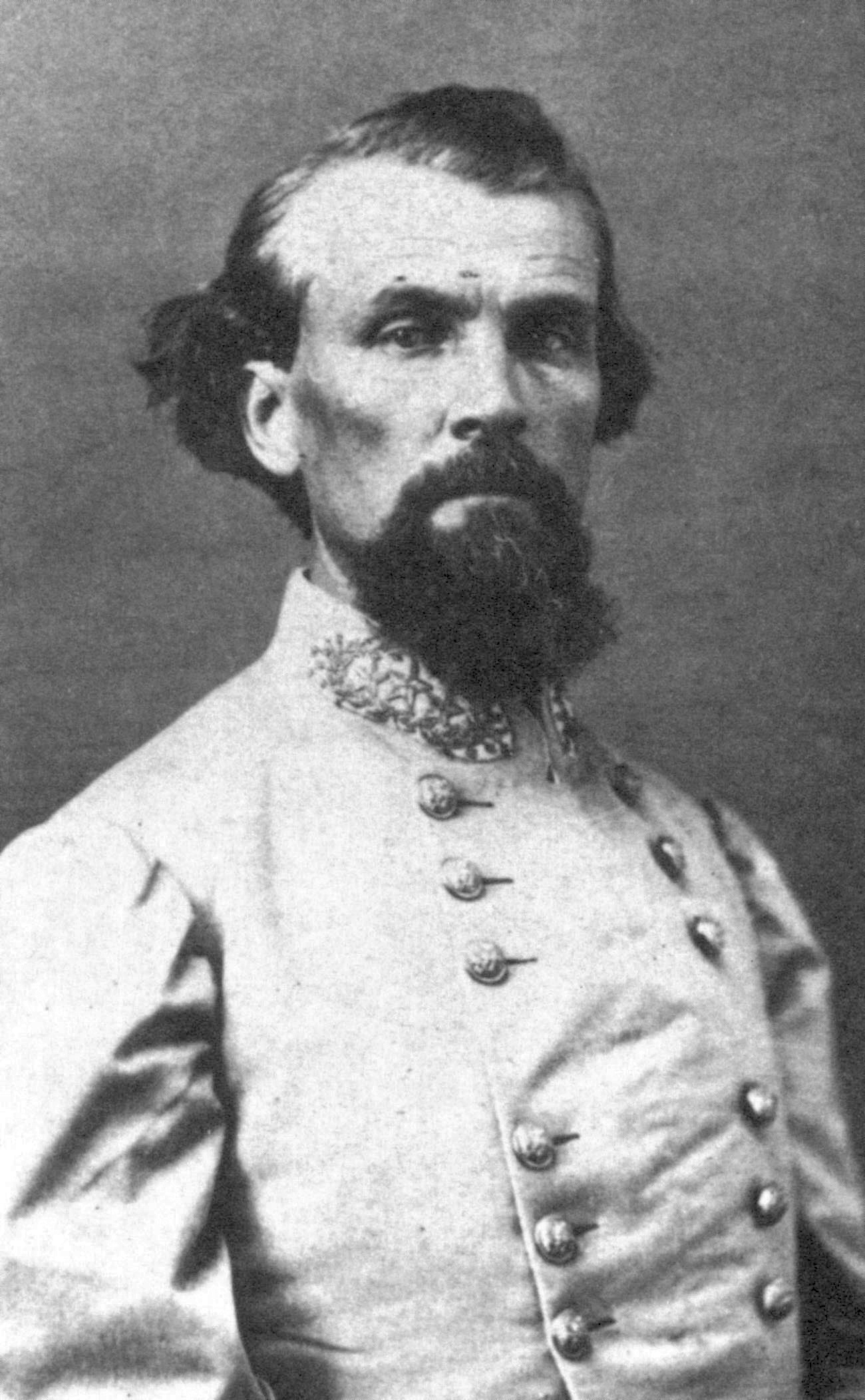A long dirt track led up to the farmhouse through fields of corn, and Victoria's landlord, the farmer of said corn, who I never saw, apparently had a limp and only ever came to collect the rent after dark. Apparently, he'd turn up, like a character out of Dickens, clutching a lantern, his raincoat damp with the rain, even if it hadn't rained all week.
I was starting a screenplay (at that time of my life, I had wanted to be a screenwriter). Albert was writing a new play (he was a reasonably successful playwright), and Victoria was learning lines for two different upcoming productions (she was an actress). Victoria and Albert are not their real names. There was also a cat at the farmhouse, whose name I don't remember at all, and for the purposes of this telling, I'll call William Makepeace Thackeray.
Victoria and Albert were both ten years older than me; and Victoria probably a further ten on top of that. If a movie could have been made of that week, I would have cast George Sanders as Albert, Ida Lupino as Victoria, and in the part of "me" that confused-looking bystander who is always the last one to get the point and run when the foot of Godzilla slams down.
 |
The days of that week were largely made up of writing; rehearsing, in the case of Victoria; and additionally in my case, an hour or two of painting. The evenings were given over to discussion and alcohol. Albert and Victoria were professional drinkers. I was (and still am) a mere amateur at that game. The paint fumes kept us out of the living room, and our nights were confined to the kitchen.
The kitchen was the heart of the house: a bare wood floor, off-white paint peeling off the ceiling, and a blue brick fireplace, which had been bricked up a decade earlier on account of the aged chimney being a fire risk. Irony in blue. Commanding the center of the room stood the kitchen table: a wide, worn, bare wooden artifact that had probably been in the farmhouse since it had been built (circa. 1920). It was the type of table on which you just knew a dead body had been laid out, many farmers' stubby fists had been slammed in anger, and more than one couple had made love. The kitchen was also William Makepeace Thackeray's bedroom.
 Dinners were conducted like Pinter plays: non sequitur remarks and sullen pauses. Lots. Of. Pauses. With only the sound in-between of crickets in the twilight through the open window.
Dinners were conducted like Pinter plays: non sequitur remarks and sullen pauses. Lots. Of. Pauses. With only the sound in-between of crickets in the twilight through the open window.By the end of the first bottle, the three of us had largely returned to humanity and the conversation unfailingly moved onto the theatre. Ponderables, such as: What if Hamlet had been a decisive alpha-male? What if Martha and George had actually been happily married and really did have a son? What if Godot had turned up? And of course, memories of productions past (such as the murder mystery where the door jammed at the beginning of act two and the cast had to enter the cozy drawing room in London by coming out of the fireplace). I had my own share of those stories, having worked on and off in amateur and semi-professional theatre since I had been a kid (it was how I had come to know V and A).
On the third drunken night at the kitchen table, we got into a long discussion on narrative, and by about 3 a.m., we had drained six bottles of red and had distilled the discussion down to this: What is the most important thing in a story? Any story -- be it a play, a book, or a movie?
 Moments of poetry was Victoria's response (an actor's perspective). And she backed up her claim with empirical evidence. An hour's worth of it.
Moments of poetry was Victoria's response (an actor's perspective). And she backed up her claim with empirical evidence. An hour's worth of it. Structure was my answer. A couple of years earlier, I had embarked on a very long learning curve of story structure (I'm probably still on it) and structure at that time was foremost in my mind.
Get the hell out of my room was William Makepeace Thackeray's answer.
At around 4 a.m., Albert, who had been hitherto staring drunkenly at the bricks of the fireplace, slammed his fist down on the table. Having gotten our attention, he lit a cigarette (he already had one smoldering in the ashtray). In addition to playwright, Albert was a theatre director and, drunk or not, he knew exactly how to direct his audience.
"Characters," he said. "That's what's it all about. The characters are the only thing the audience or the reader cares about. It's the only thing they're interested in or that matters to them. They might recognize the odd passing moment of poetry, they might be peripherally aware if a plot has a solid structure, but what will stay in their minds long after the curtain closes, the end credits roll, or the book is closed, are the characters."
William Makepeace Thackeray mounted the table, strolled its length with bored indifference, examined a leftover slice of bread, and then dismounted.
Albert continued: "A story is viewed through the filter of its characters; it is only through them an audience experiences that story. It is a vicarious interaction."
I'm paraphrasing him from memory, of course, but the sentiments have long remained in my memory, to be revisited and re-examined at odd intervals. And honestly, it took me 20 years to fully appreciate what he meant. Movie director François Truffaut once said (again a paraphrase, because I don't remember exactly where I read it): What is behind the camera is not important; it's what is in front that is.
I lost contact with Albert and Victoria over the years. Albert was probably the closest I ever got to having a mentor. His knowledge slid off in chunks, and I followed him around for a while picking it up. Friends are curious things. Some stick around, some vanish. You can never tell. A great friend this year a year from now could be a distant memory. It's the friends that leave their mark, that induce changes to your sails and alter the course of your life that you never forget. Sadly, sometimes, they're not even aware they've done it.
Somebody asked Jean-Luc Godard why a character in one of his movies suddenly walks off and never makes a return appearance. He answered: Because life is like that.
Be seeing you!































